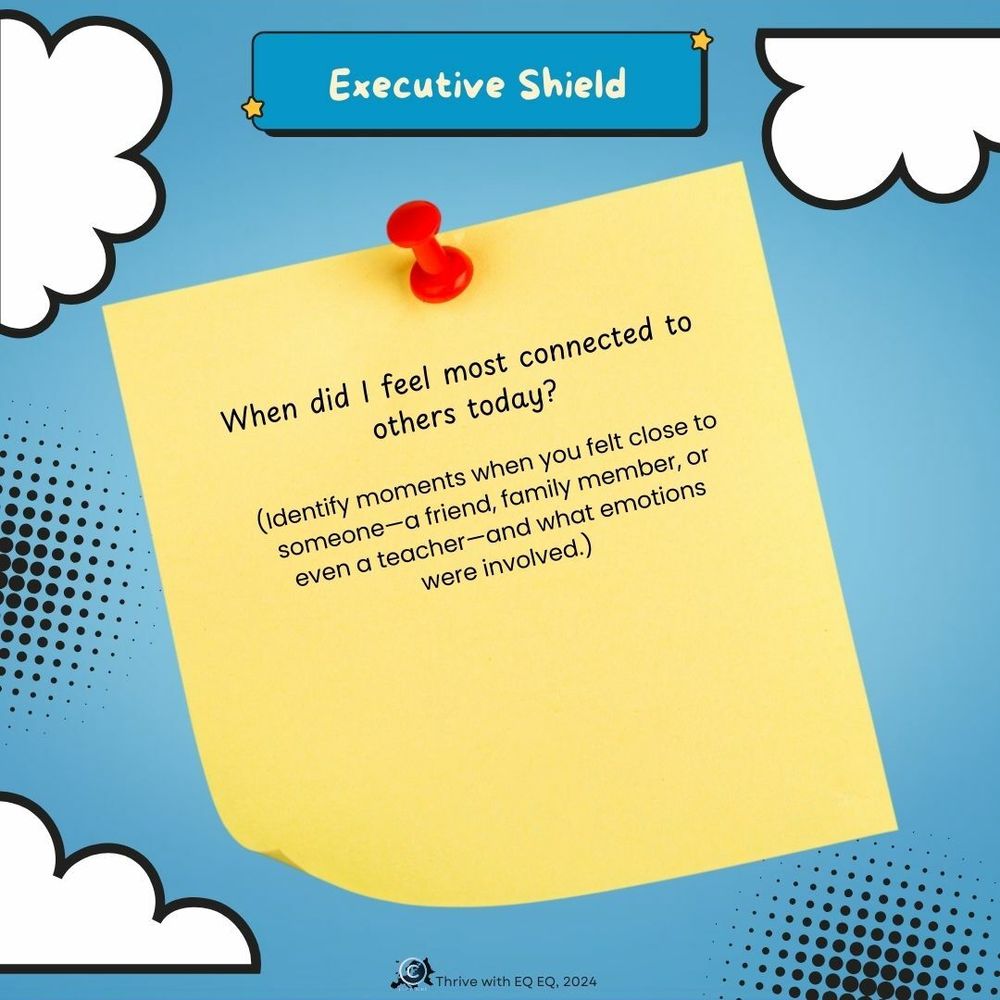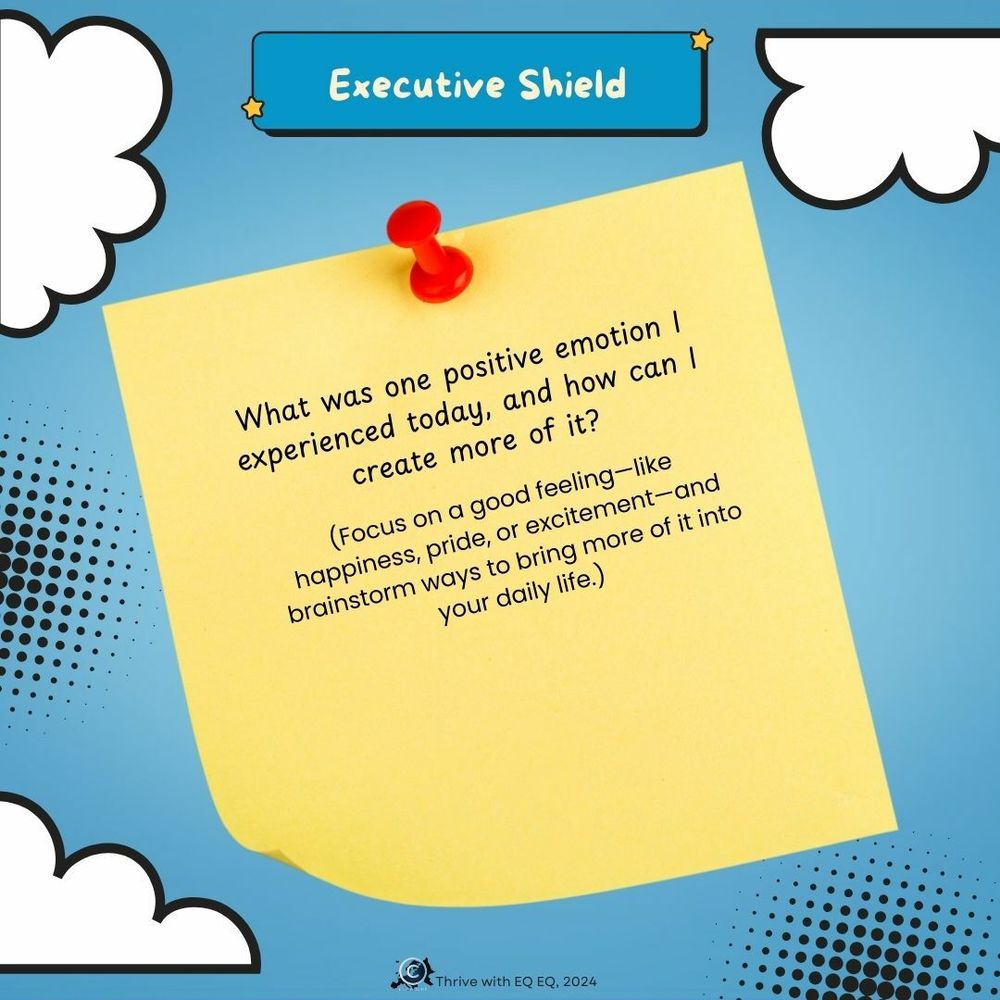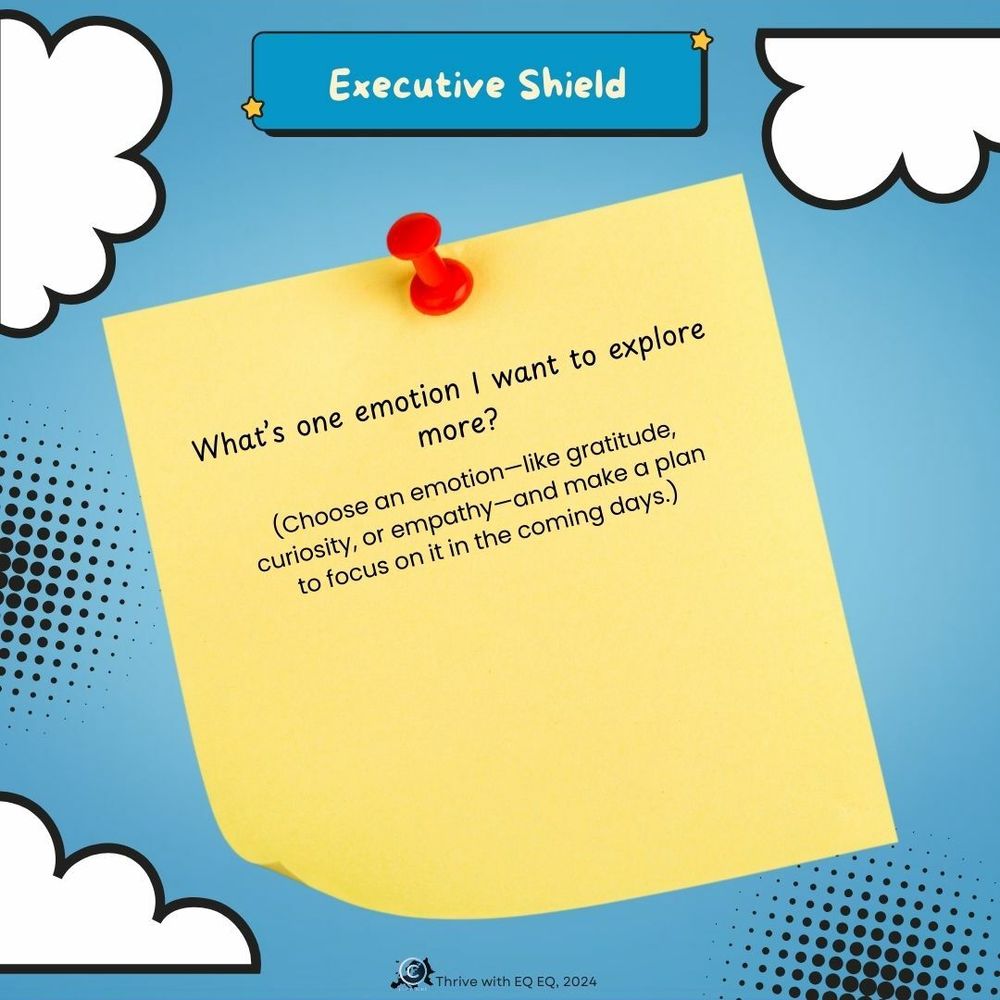Welcome back to Day 19 of your 30-Day Emotional Firewalls Challenge for Senior Executives!
Today, we’re focusing on a crucial leadership skill: expressing emotions constructively. How we communicate our emotions in the workplace can significantly impact our relationships, team dynamics, and organizational culture.
By mastering the art of expressing emotions in a healthy and constructive way, you can enhance communication, build stronger connections, and foster a more collaborative and supportive work environment.
The Importance of Constructive Expression:
In the corporate world, expressing emotions constructively is essential for maintaining professionalism and encouraging open dialogue. When emotions are communicated clearly and without blame, it helps to avoid misunderstandings, reduce conflict, and create a culture of trust and respect. For senior executives, this skill is especially important, as it sets the tone for how emotions are managed and expressed across the organization.
Using Constructive Communication Techniques:
To express emotions constructively, consider using specific communication techniques that allow you to articulate your feelings clearly while maintaining a focus on solutions rather than problems. Here are some examples:
- “I feel... when... because...” (e.g., “I feel concerned when deadlines are missed because it impacts our project timelines.”)
- “I need... because...” (e.g., “I need clearer communication on project updates because it helps me align resources effectively.”)
- “I appreciate it when...” (e.g., “I appreciate it when the team proactively shares challenges because it allows us to address issues early.”)
Role-Playing for Practice:
To reinforce these techniques, consider role-playing common workplace scenarios with your leadership team or peers. Practice expressing emotions constructively in situations such as giving feedback, addressing performance issues, or navigating difficult conversations. This exercise can help you become more comfortable with these techniques, making it easier to apply them in real-life situations.
The Benefits of Constructive Emotional Expression:
When emotions are expressed constructively, it promotes a positive and transparent work culture. Team members feel respected and understood, which leads to increased trust, collaboration, and overall job satisfaction. As a senior executive, modeling this behavior sets a powerful example for the entire organization, encouraging others to communicate openly and effectively.
Action Item for This Week:
Commit to using constructive communication techniques in your interactions this week. Whether you’re providing feedback, addressing concerns, or navigating a challenging discussion, focus on expressing your emotions in a way that is clear, respectful, and solution-oriented.
By mastering constructive emotional expression, you’re not only enhancing your leadership effectiveness but also reinforcing the emotional firewalls that protect your organization’s culture and performance.
Let’s continue to build on these skills as we progress—see you tomorrow for Day 20 of the Emotional Firewalls Challenge!








